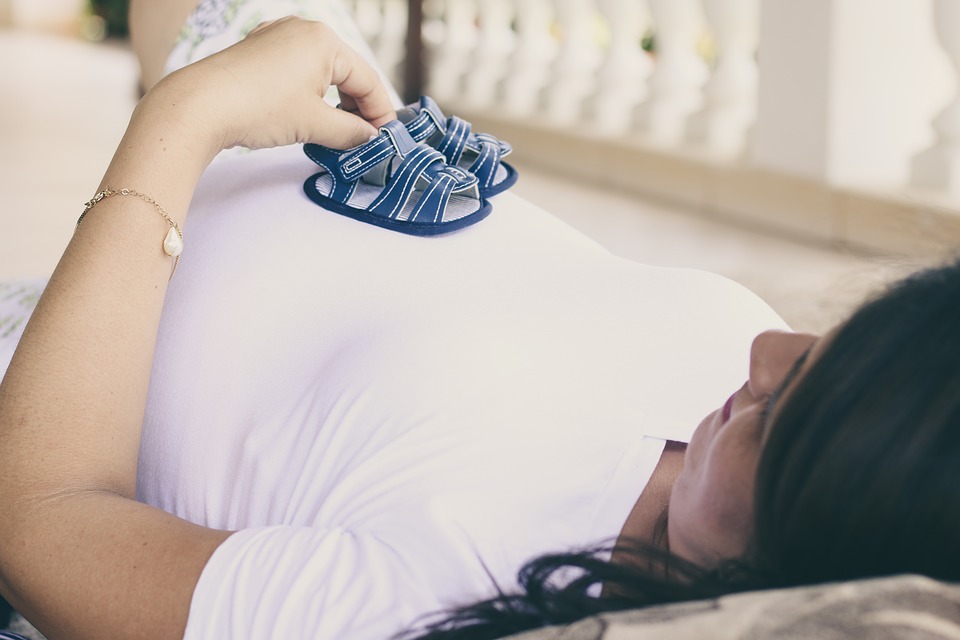Giving pertussis vaccine to pregnant women at 27 to 30 weeks’ gestation provides the greatest protection for infants, US data confirms
Giving pertussis vaccine to pregnant women at 27 to 30 weeks’ gestation provides the greatest protection for infants, US data confirms.
A prospective study of over 600 pregnant women, of which half were vaccinated, showed that the timing of the pertussis vaccination significantly affected the transfer of protective pertussis antibodies to the baby.
Immunological protection increased for the infants whose mothers were vaccinated during the third trimester, but before 31 weeks’ gestation.
The concentration of pertussis toxin antibodies in the umbilical cord sera rose steadily for women vaccinated between 27 and 30 weeks’ gestation, and it declined during each subsequent week.
This finding supports the current recommendation in the Australian Immunisation Handbook that the dTpa (diphtheria-tetanus-acellular pertussis) vaccination be ideally administered as a single dose at 28 to 32 weeks’ gestation.
“It sounds like we are all singing from the same hymn book, although [in Australia] we immunise from 28 weeks,” Angela Newbound, the immunisation project coordinator at Adelaide PHN, said.
“The optimal time is between 28 and 32 weeks, however we would still administer vaccine after 32 weeks.”
The timing is important because the level of pertussis antibodies in the mother’s blood do not peak until about a fortnight after vaccination, and the transplacental transfer of antibodies occurs predominantly from 30 weeks’ gestation.
“We definitely want the vaccine to be given at least two weeks before delivery for optimal antibody transfer,” Ms Newbound said.
Infants have a higher risk of death from pertussis during the first three months of life when they are too young to receive the vaccine.
Immunising pregnant women against pertussis is over 90% effective at preventing the disease during this time, according to SA Health.
Pertussis immunisations for pregnant women have been funded in all states in Australia since 2015.
JAMA 2018, 9 October


